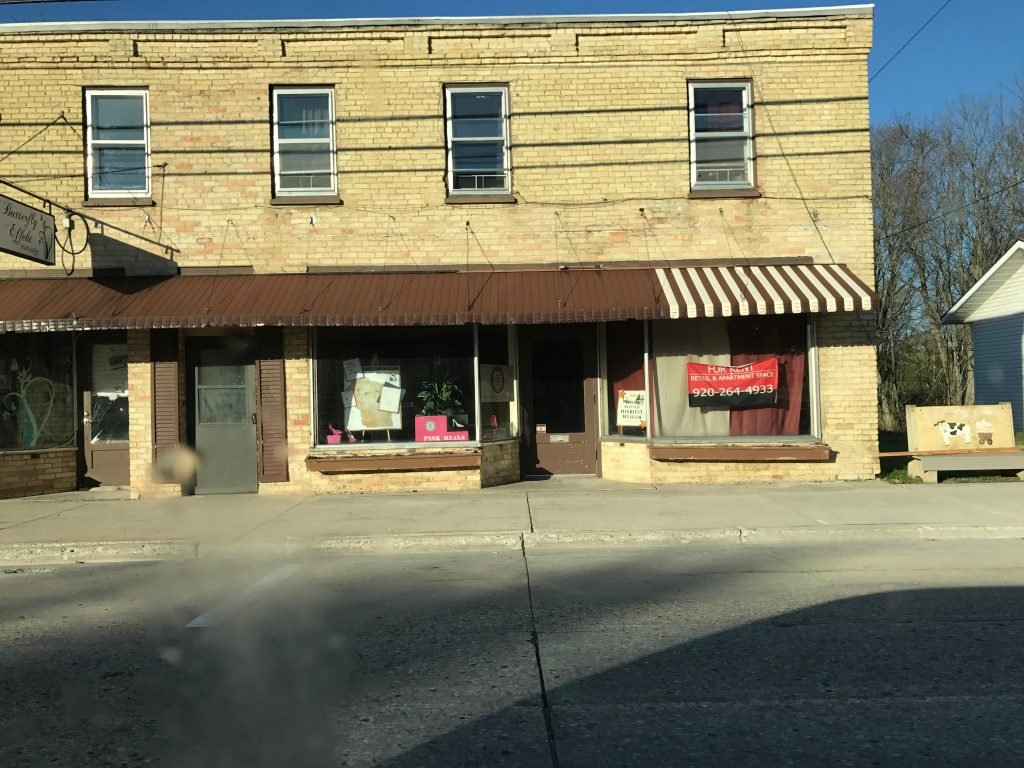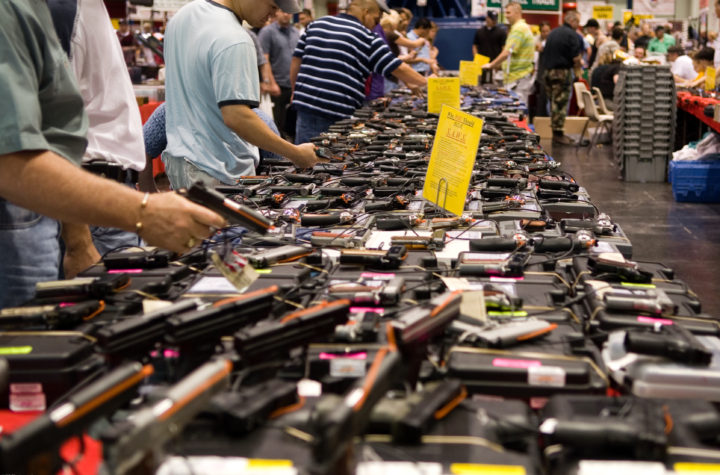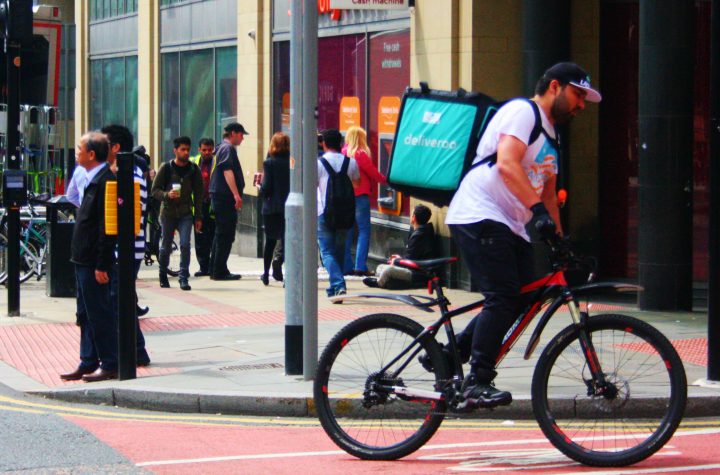
By Michael Steeber from USA - Empty Storefronts- Mishicot, WI, CC BY-SA 2.0, https://commons.wikimedia.org/w/index.php?curid=75807587
TL/DR: Banks.
There’s an odd thing going on these days. Online shopping is taking over. Stores are closing. More and more storefronts are empty.
Yet, at the same time, retail rents are going up.
Demand is down. Supply is up. Yet somehow, the market isn’t adjusting to this new reality.
Why?
It’s strange. I look at the problem and see a contraction in the number of landlords, while commercial real estate companies grow ever larger. If you own a single building, chances are, you’ll need to keep your retail space, your office space, and apartments rented as much of the time as possible. A year without a tenant can be brutal. But if you own 1,000 buildings, you can probably adjust your rents to cover a larger percentage of the spaces remaining empty for a longer period of time. So real estate outfits can grow and grow to not only avoid market pressure, but be the entity pressuring everyone else.
Sarah McNally of McNally Jackson Books and Goods For The Study, has another explanation. It was published in The New York Times.
Commercial landlords operate on debt. They’re living off loans, so they need to keep the rents high to keep the appraisals of their properties high.
“A lender provides a commercial mortgage based on a building’s appraised value, which is based on its rent roll. If landlords lower rent, their buildings become less valuable. Moreover, if a landlord owns many buildings in the same area, and she lowers the rent on even just a store or two, her entire portfolio loses value in the eyes of the bank, because future appraisals will assume a lower market rental rate. That’s why an empty store that theoretically commands a high rent can be a safer option for a landlord than a reliable tenant paying a reasonable rent.”
In New York City before the pandemic, the fancy neighborhoods seemed to have higher retail space vacancy rates than poorer ones. A sign of a neighborhood gentrifying isn’t just coffee shops, but closed storefronts.
Read the article.




More Stories
Maybe Uber Eats is supposed to lose money
Why People Aren’t Taking Covid-19 Seriously (aka why Climate Science, Evolution, Vaccines are tough sells these days)
Money Hemorrhaging Unicorn Wants to Buy Another Money Hemorrhaging Unicorn